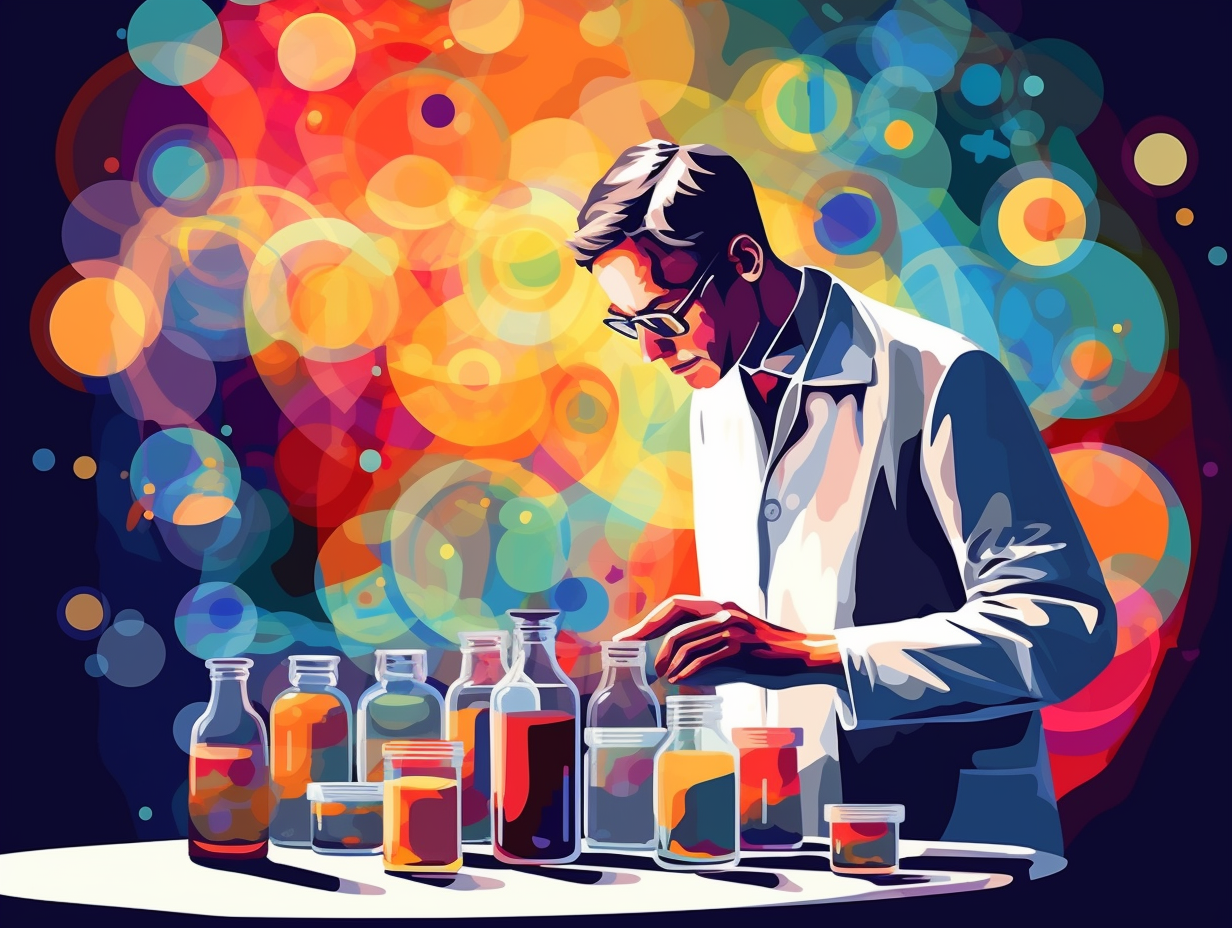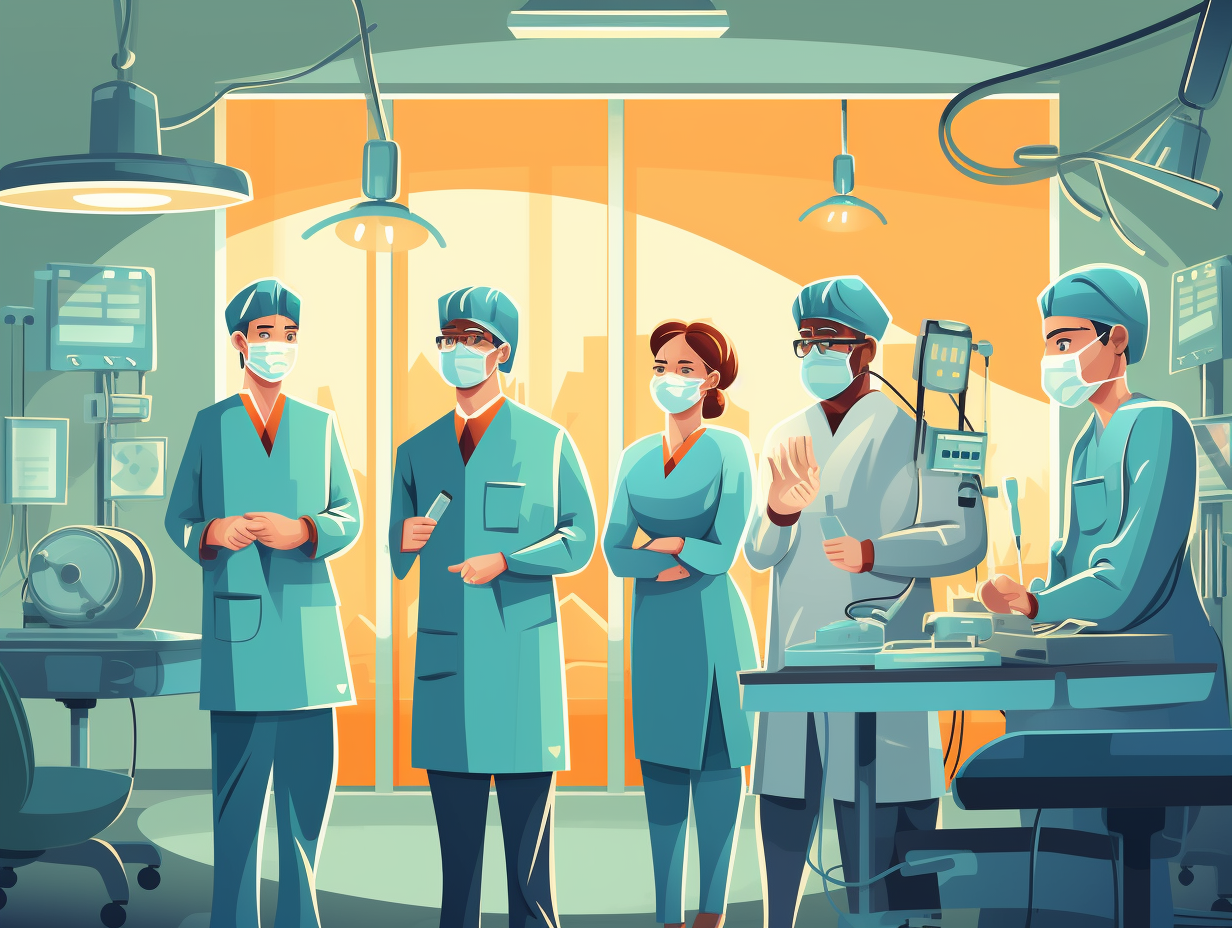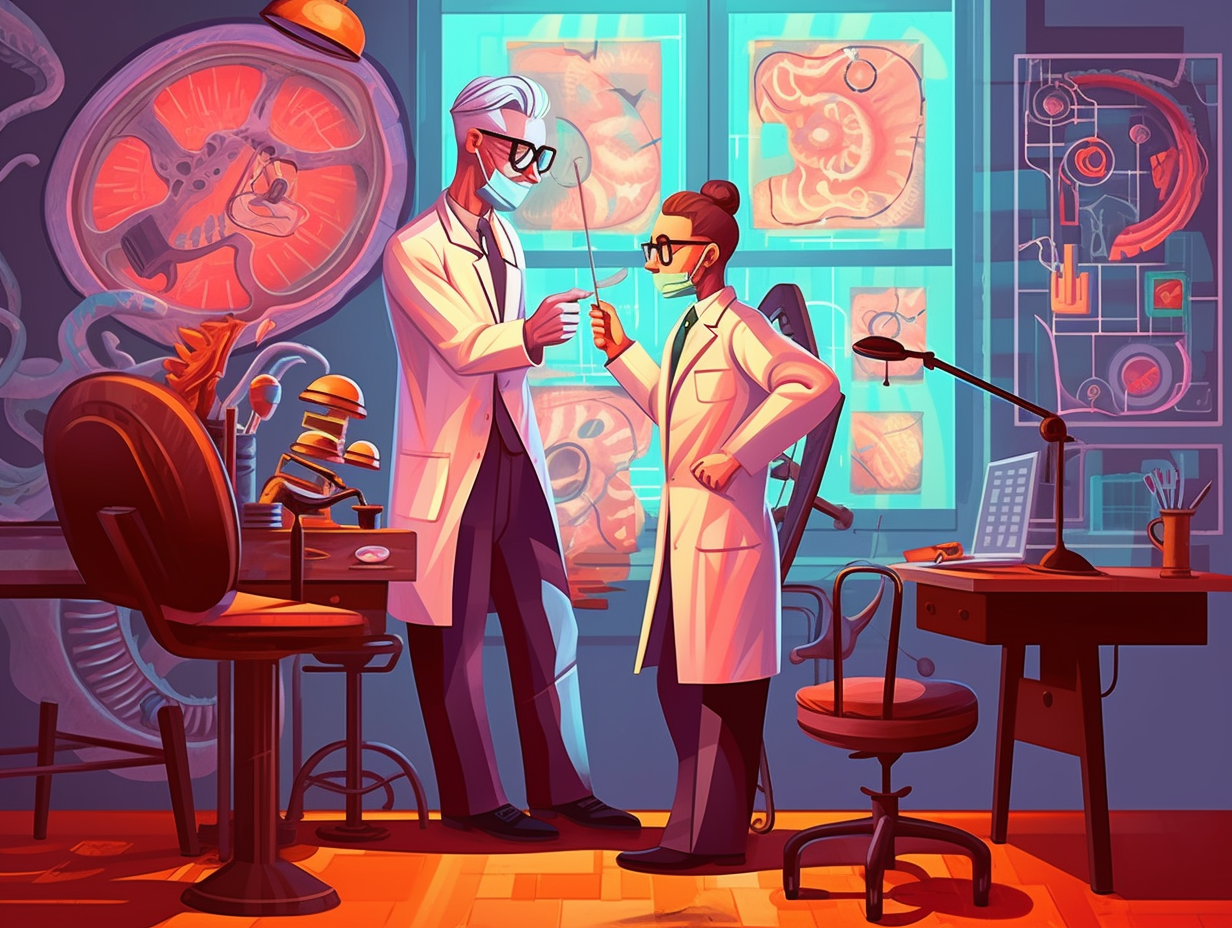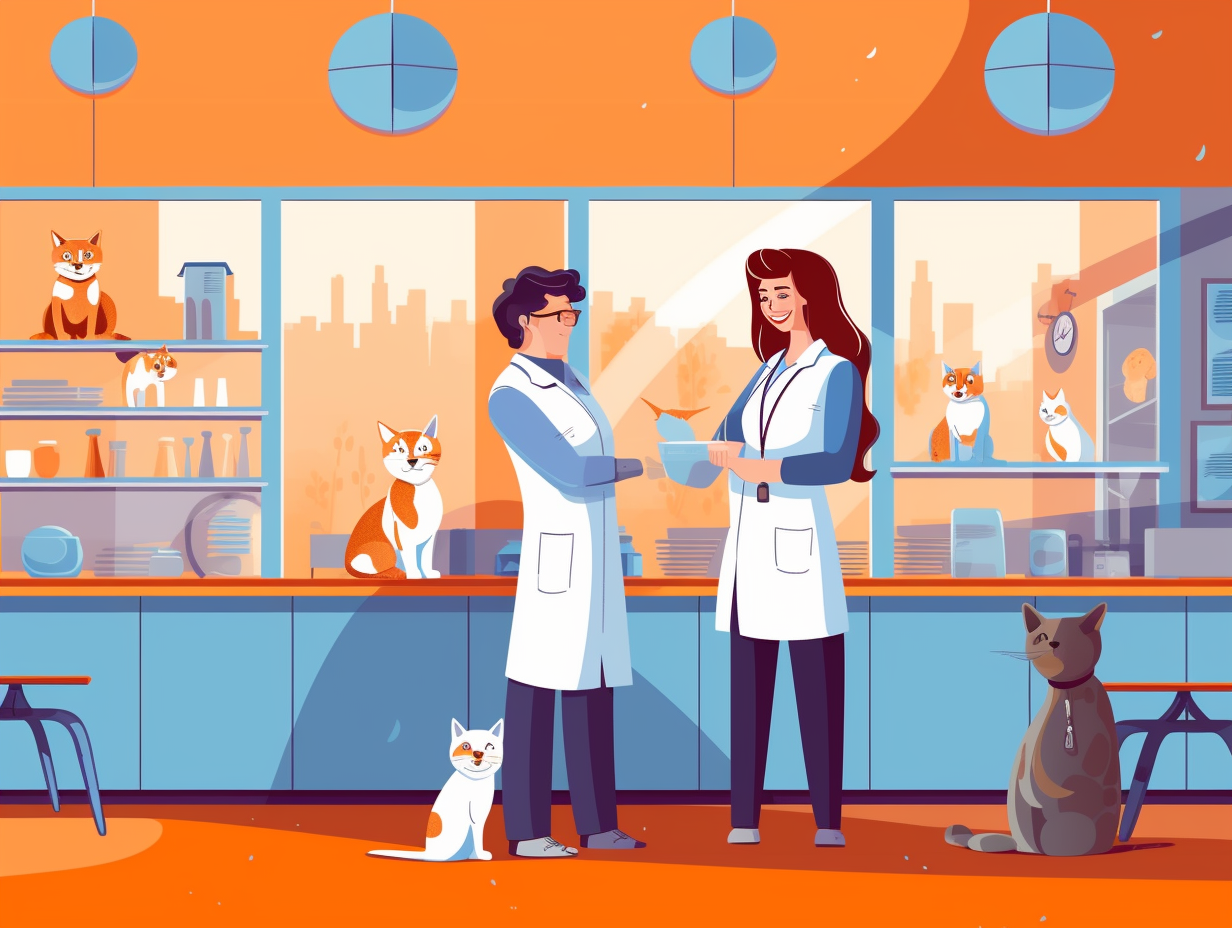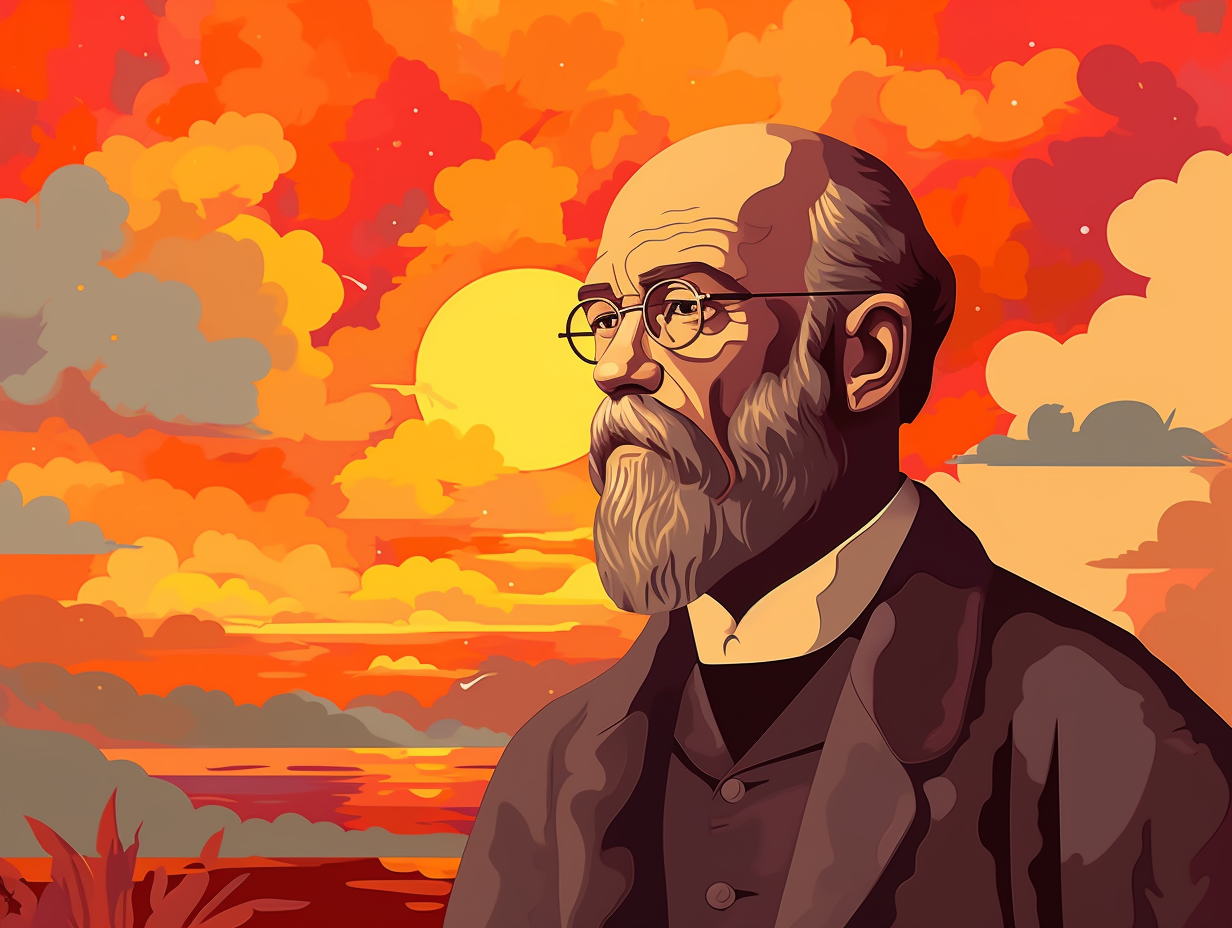Discover the World of Medical Scientists: 9 Fascinating Fun Facts You Never Knew!
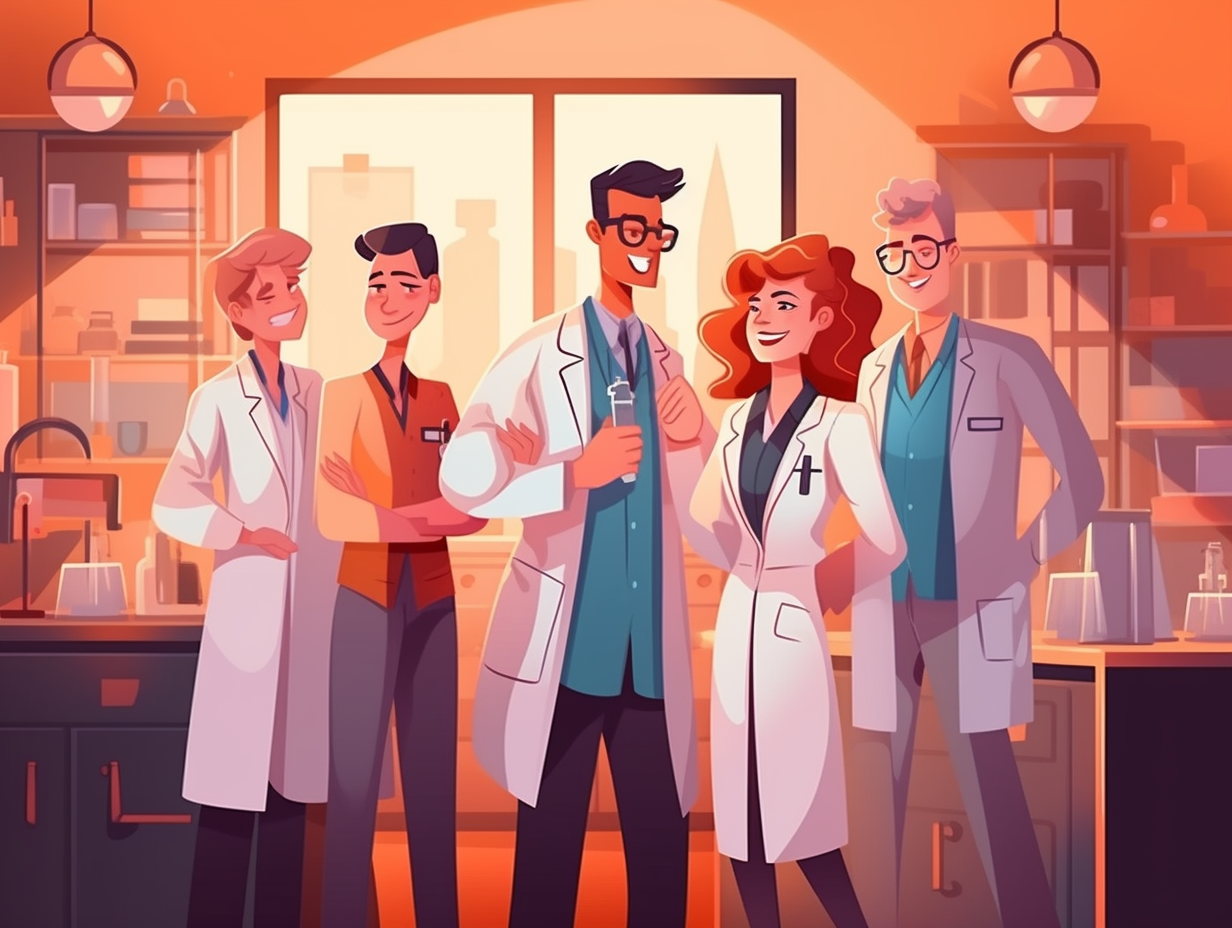
1. Medieval Dissection Dilemmas
They say laughter is the best medicine, but during the Middle Ages, medicine wasn't having any of that: Human dissection, considered blasphemous by religious authorities, wasn't allowed until the early 14th century when it resurrected as a teaching tool in Bologna, Italy—but only in university-sponsored sessions performed on executed criminals' bodies, making private dissections a grave matter to acquire cadavers for.
Source => ncbi.nlm.nih.gov
2. Renaissance Doctors: Urine Investigators
Doctors once delved into their own Pissciplines of the medical arts: Medical scientists in the Renaissance era utilized urine flasks to diagnose diseases such as jaundice and diabetes, by analyzing the color, sedimentation, odor, and occasionally tasting the patient's urine. This quirky practice persisted across Europe for centuries until the 18th century.
Source => allthatsinteresting.com

Did you know that even experienced cardiologists only achieve about 80% accuracy in heart screenings using a stethoscope? Discover how advanced technology and AI are revolutionizing cardiovascular disease diagnostics!
=> Fun Facts about Doctors
3. Party in Your Gastrointestinal Microbiome
Whoever said "you are what you eat" might have been onto something big, like, microbiome-size big: Medical scientists have identified over 1000 different microbial species in the human gastrointestinal microbiota, spanning the domains of Bacteria, Archaea, and Eukarya, proving our gut is a whole melting pot of tiny party guests.
Source => ncbi.nlm.nih.gov
4. Fleming's Serendipitous Nose Leak Discovery
They say not to pick your nose, but for Alexander Fleming, it was a scientific goldmine: Organs gone rogue led to his serendipitous discovery of lysozyme, a natural substance that can destroy bacteria without harming human bodies, all thanks to a rebellious nose leak landing on a Petri dish.
Source => thoughtco.com
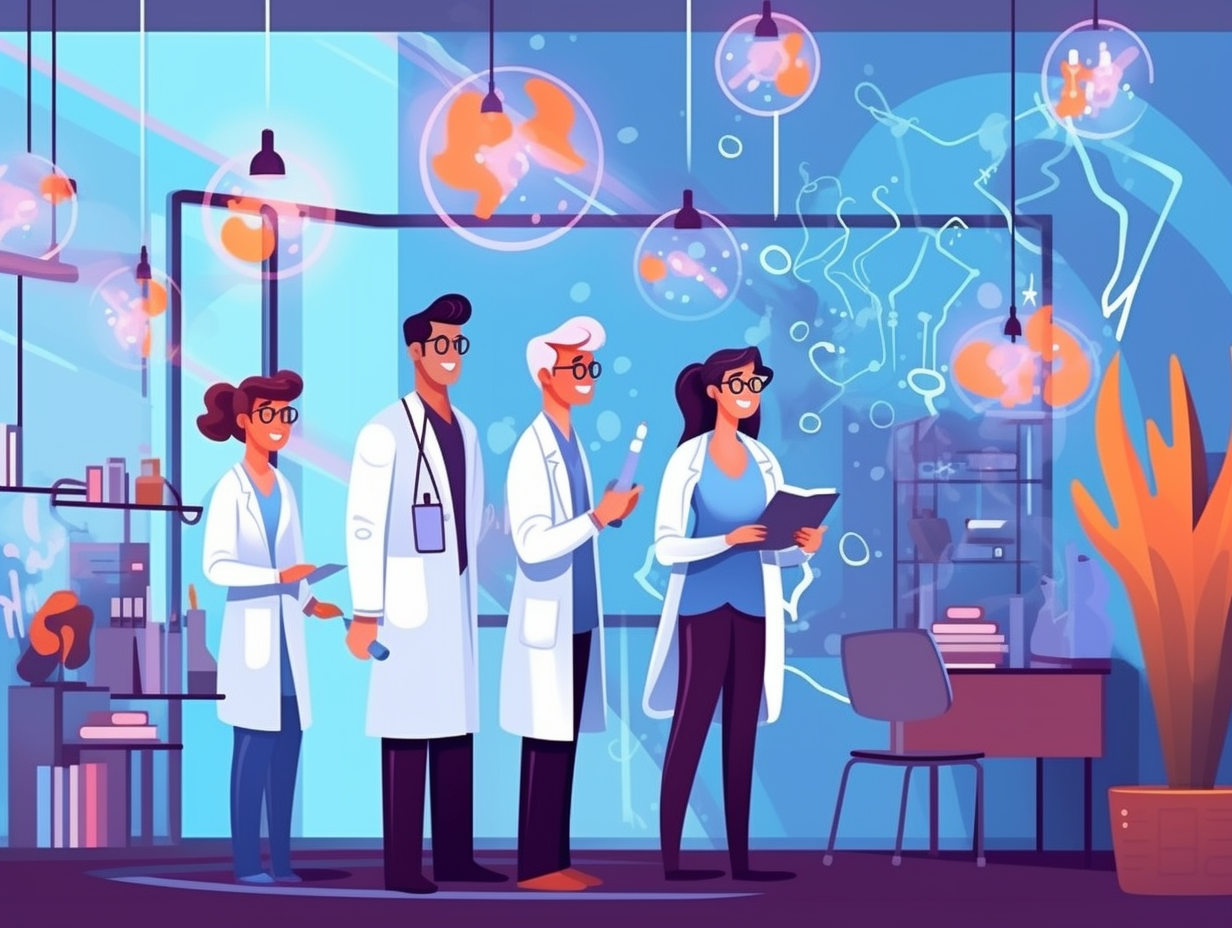
5. Salk's Polio-Curing Lemonade
When life handed Jonas Salk a polio epidemic, he decided to make a life-saving lemonade: Dr. Salk concocted the first successful polio vaccine in 1955, which eventually curtailed the severe outbreaks of this paralyzing disease and spearheaded further advancements in vaccine development.
Source => en.wikipedia.org
6. Athletic Super-Mice on Treadmills
Move over, Speedy Gonzales! There's a new furry speedster in town, and they've been hitting the gym hard: Medical scientists at Case Western Reserve University bred a line of genetically modified mice that can run for an impressive six hours at a pace of 20 meters per minute on a treadmill, thanks to their enhanced mitochondrial content, tweaked energy metabolism, and increased presence of triglycerides in their skeletal muscles.
Source => sciencedaily.com
7. Grave-Robbing Anatomy Students
Anatomy students of yore had a grave dilemma, resorting to unorthodox shopping practices: In the 18th century, medical scientists would rob graves for bodies to dissect, leading to public outrage and violent anatomy riots, with one in New York City resulting in at least 20 deaths in 1788.
Source => sciencehistory.org
8. Edward Jenner: Milkmaid Whisperer
When Edward Jenner wasn't busy moonlighting as a milkmaid groupie, he made a truly moooving discovery in the world of medicine: Jenner realized that milkmaids exposed to cowpox were immune to smallpox, leading him to create the first successful vaccine in 1796, paving the way for countless life-saving immunizations against diseases like polio, measles, and hepatitis B and ultimately eradicating smallpox globally.
Source => history.com
9. Mighty Microscopic Worms: Caenorhabditis elegans
Whoever said "size doesn't matter" never met Caenorhabditis elegans – the tiny, wriggly worm that's got scientists in stitches over its genetic prowess: These microscopic powerhouses not only let researchers study a wide range of human diseases, but also offer insights into our own cellular processes through their embryonic cell lineage and neural network, all while embracing the latest in genetic modification with techniques like extrachromosomal DNA transformation and CRISPR-Cas9 genome engineering.
Source => ncbi.nlm.nih.gov
Related Fun Facts



